A slim and toned figure is the dream of many, but in the race to the desired result, people resort to extremes, torture themselves with hunger, depriving the body of essential nutrients, which ultimately leads to numerous health problems.
In fact, to lose weight and stay healthy, you need to eat right. You can read about diets that allow you to lose extra pounds and not harm the body here. And in this article we will tell you how to compose a PP menu for a week, in order to preserve beauty and health.
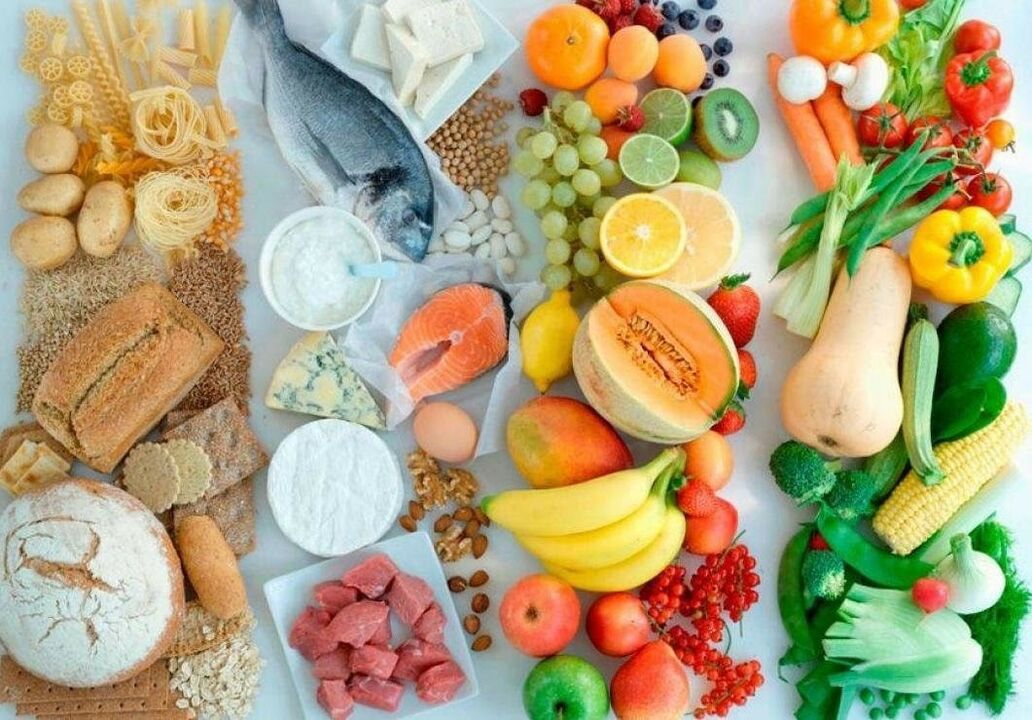
The benefits of proper nutrition
PP nutrition has many benefits. That is why it is becoming more and more popular with advocates of a healthy lifestyle.
- A well-designed diet for weight loss and overall health improvement helps support the development, growth and vital functions of the body. To avoid many health problems, you should switch to the PP menu as soon as possible. Ideally, you need to eat wisely throughout your life - this lifestyle, for example, involves the Mediterranean diet.
- It is recommended to compose a special menu to prevent various diseases. A well thought-out balanced PP diet is a good prophylactic agent against the onset of diseases of the gastrointestinal tract, pathologies of the heart and blood vessels, uncontrolled weight gain, etc.
- By adhering to the principles of proper nutrition, you can keep your figure in shape. No diet can guarantee long-term results without compromising health. The PP in this regard is something like a golden medium. Thanks to him, it is possible not only to lose weight, but also to maintain the desired weight for as long as necessary.
- The transition to a balanced diet in addition to physical activity. Lack of mobility will not allow you to achieve the desired effect. Therefore, everyone who wants to be thin must exercise regularly.
- According to recent studies, a menu compiled according to all the rules significantly reduces the risk of a depressive state. This is a guarantee of well-being and a stable psyche.
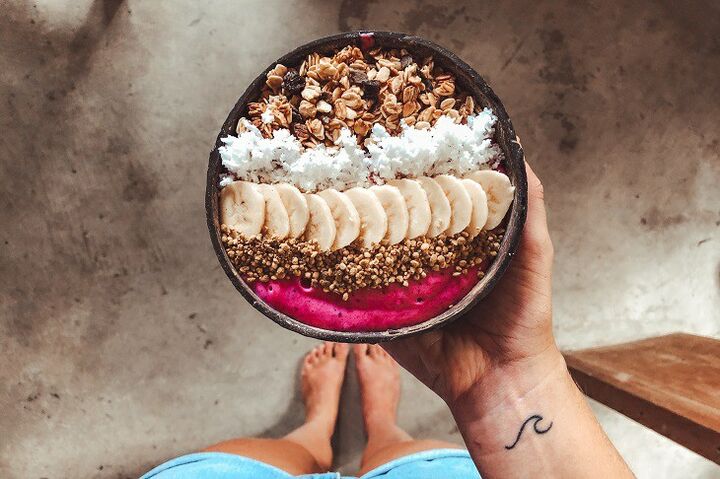
How much can you fall on the PP
Don't expect that by switching to the PP diet you will get the desired result immediately. The process involves serious, long-term work. In the first week, the fluid leaves the body, the swelling subsides, the metabolism is restored. Much depends on the sport. Regular training helps to achieve the desired effect as soon as possible.
Excessive weight loss is a real health hazard. Therefore, the goal of switching to a PP rule-based diet menu is to lose weight, but stay healthy. It is recommended to lose no more than 3-4 kg per month. This is possible with a well-formulated diet accompanied by moderate physical activity: for example, cardio workouts 3-4 times a week and daily walks in the fresh air for 15-20 minutes.
Losing excess weight can be more intense. This requires more physical activity.
Also, you should not underestimate the individual characteristics of the body. Some people manage to lose weight faster, others need more time to get the desired result.
Also, with every kilogram lost, the body begins to resist such unceremonious handling of its reserves. Consequently, the longer you eat a balanced diet, the slower you lose weight. However, this situation does not mean that the technique has ceased to work. It's just that the body tries to save as much as possible, reluctantly parting with extra grams. Forget the scales this time, it's best to start measuring your parameters. This will make tracking changes more intuitive.
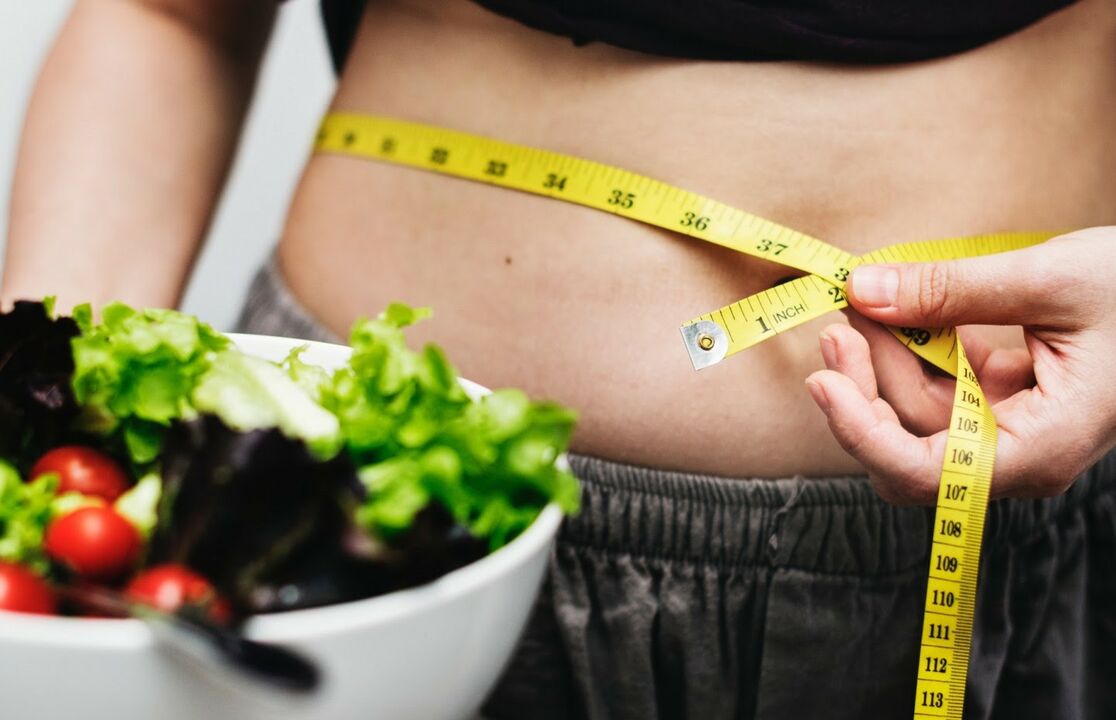
How to start proper nutrition
When creating a slimming menu for every day, it is important to adhere to a number of principles of proper nutrition:
- Drink more fluids (normal drinking water). Promotes accelerated metabolism, as a result of which harmful substances are removed from the body.
- Eat regularly and don't skip meals. The feeling of hunger forces our body to save supplies for the future.
- When preparing meals, do not exclude spices. Unhealthy food prepared with even the finest ingredients will feel inedible and get bored very quickly. Holding back the temptation to break away will be much more difficult.
- Don't give up on sweets. Use a substitute or honey instead of regular sugar. In cooking, use rye or bran flour.
- Choose foods rich in dietary fiber: oats, legumes, nuts, fresh vegetables, olives, berries.
- Give preference to soluble fiber and slow carbohydrates. Buy only durum wheat pasta. Use brown rice instead of white rice.
- Don't forget to be physically active. Only regular exercise will help you achieve the desired result. After all, you need to spend more calories than you consume.
- Do not be lazy to try new recipes, expand the list of products used. Monotonous food can quickly get bored.
- Eat the last meal a day no later than 2-3 hours before bedtime (unless you are using intermittent fasting for your own purposes).
What should be avoided with proper nutrition
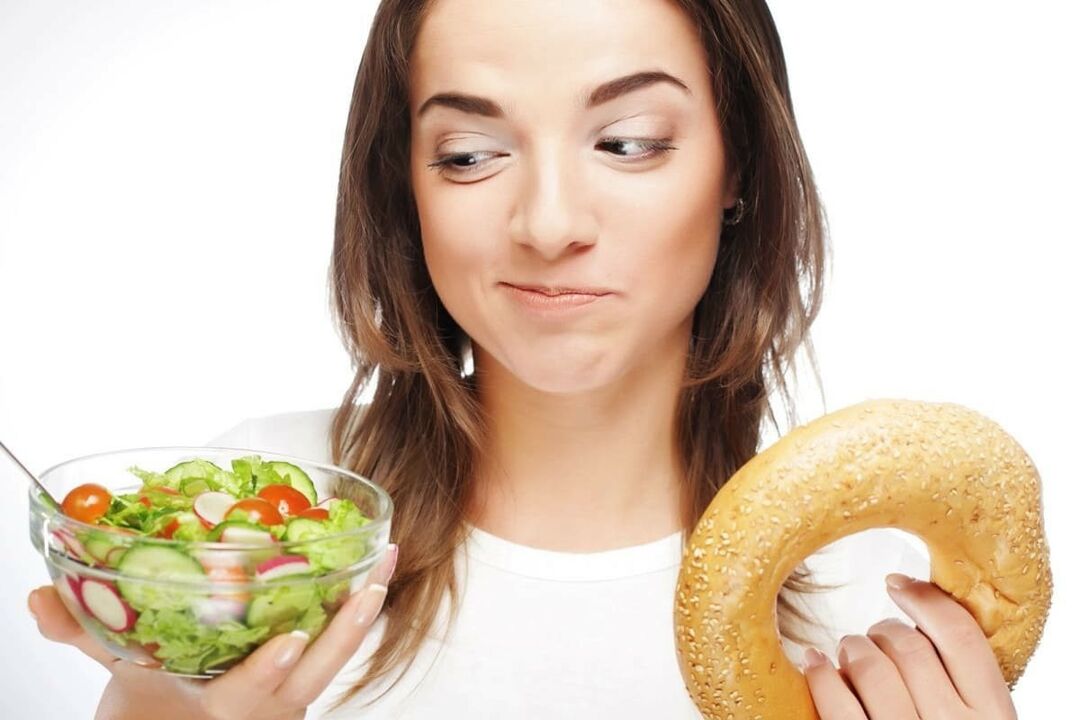
The simplest way will be to keep the chosen mode, avoiding situations that can cause a breakdown:
- When compiling a menu of proper nutrition for weight loss, take care of getting enough sleep. Losing excess weight is itself a major stress for the body. The body tries to save energy. A person gets tired faster, wants to sleep more often. Therefore, it is very important to get enough sleep and avoid overexertion.
- Get in the habit of consuming vitamins. Even the healthiest foods are lacking. A vitamin and mineral complex will come to the rescue in such a situation. But keep in mind that not all vitamins should be consumed uncontrollably. You can read about how to properly maintain your health with vitamin supplements in this article.
- If possible, completely eliminate alcoholic beverages from the diet. Alcohol contains sugar and increases appetite.
- Don't go shopping when you're hungry. Make sure you take a lot more foods than you need, and for sure take something harmful and high in calories.
- Strive to diversify the menu. The same thing quickly gets boring.
Products for proper nutrition
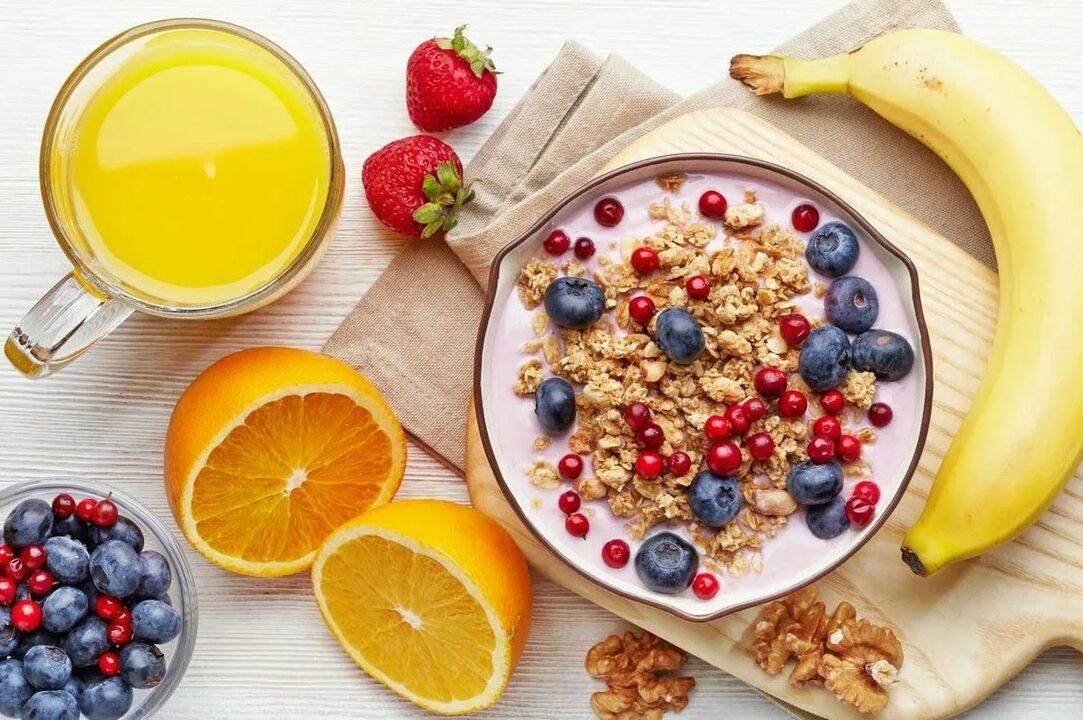
First of all, we list the products that can be consumed almost without restrictions:
- low starch vegetables;
- cabbage (sea);
- poultry meat (white), rabbit meat;
- egg white;
- bulgur, brown and wild rice, oats, couscous, buckwheat, spelled;
- durum wheat semolina;
- rye and cereal rusks;
- wholemeal flour bread;
- lean fish, seafood;
- olive and linseed oil;
- peanuts;
- natural spices;
- fermented milk and dairy products (low calorie).
The above list is not relevant for all diets. It is essential in forming a balanced diet. So, for example, if you are doing a weight loss detox, the list of allowed foods will be different.
When modeling the menu, it is important to remember that the following foods should be consumed in moderation:
- high starch vegetables (the same potatoes);
- fatty cheeses;
- sweet fruit;
- milk flakes.
It is necessary to say a categorical "no" to the following positions:
- alcohol;
- Corn;
- high-calorie confectionery products that are not included in the PP diet;
- normal sugar.

What to look for when designing a diet
First you need to assess your physical activity level and calculate your daily calorie intake.
Physical activity can be:
- Minimum: when a person leads a sedentary lifestyle and does not play sports.
- Easy: if you have to sit down at work and can train no more than 2-3 times a week.
- Medium - implies the presence of low intensity physical activity (up to 5 workouts per week).
- High - when daily work is inseparable from intense training. A sporty lifestyle in all respects.
- Extremely high: very hard work plus daily training.
After determining the load level, calculate the daily calorie rate. This is done using the Mifflin-San Geor formula:
Simplified version:
- for men: 10 x weight (kg) + 6, 25 x height (cm) - 5 x age (g) + 5;
- for women: 10 x weight (kg) + 6. 25 x height (cm) - 5 x age (g) - 161.
Modified version:
- for men: (10 x weight (kg) + 6, 25 x height (cm) - 5 x age (g) + 5) x H;
- for women: (10 x weight (kg) + 6. 25 x height (cm) - 5 x age (g) - 161) x H.
A - the level of human activity, the degree of which is presented above.
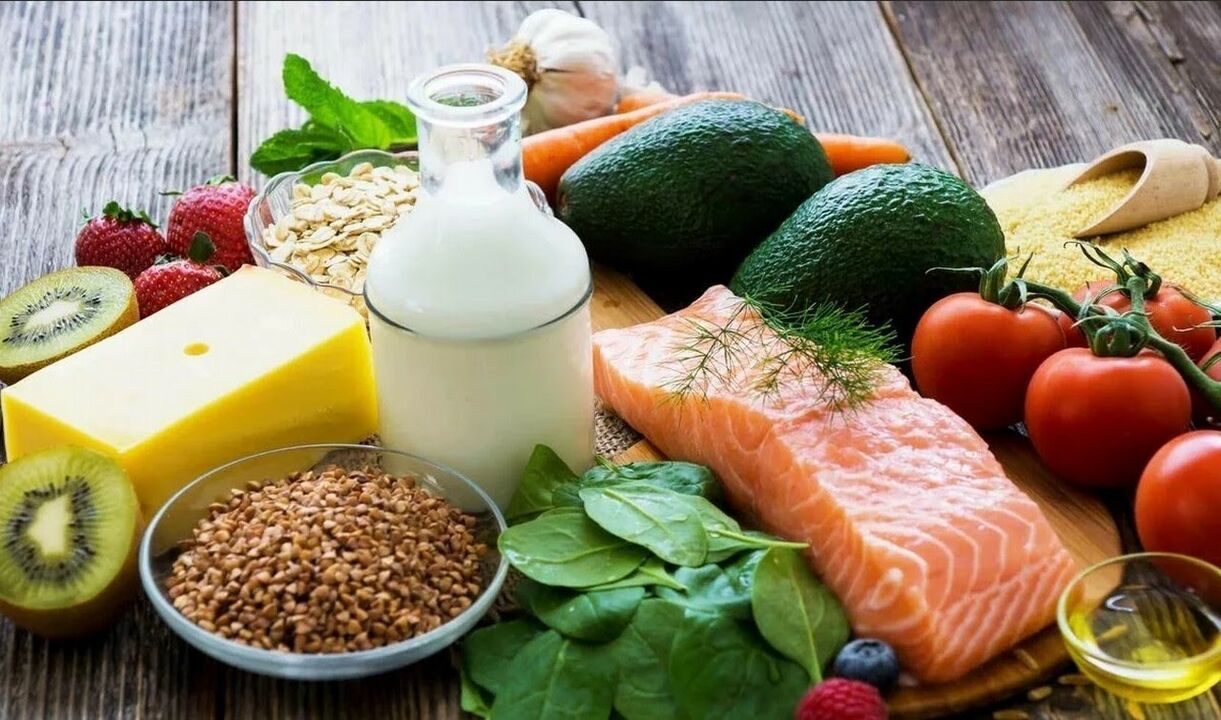
Slimming menu for a week
The diet will vary depending on the desired result. For example, consider a menu for a different amount of calories consumed daily. All products in the tables are in grams.
800 kcal weekly menu
- Breakfast 249 kcal;
- Lunch 299 kcal;
- Dinner 249 kcal.
Monday
- cottage cheese - 100 g;
- vegetable salad - 201 g, 2 boiled eggs, herbal tea;
- stewed vegetables - 299 g and a glass of kefir.
Tuesday
- milk porridge - 149 g;
- 249 ml of soup plus coffee without sugar;
- salad - 305 g, steamed meat - 99 g, 200 ml of milk.
Wednesday
- berries - 125 g;
- stew - 203 g, boiled poultry - 154 g;
- 148 g of lean fish with a side of vegetables.
Thursday
- repetition on Monday morning;
- vegetable salad - 230 g plus 2 eggs;
- herb stew - 362 g.
Friday
- 106 g of cottage cheese with medium-fat sour cream;
- green cabbage soup - 204 ml;
- a glass of kefir or fermented cooked milk, ½ tbsp. L. Sahara.
Saturday
- repetition on Tuesday morning;
- 249 g of vegetable soup, wholemeal bread and ricotta;
- chopped poultry meatballs - 205 g, herbal tea.
Sunday
- cheese omelette - 215 g, tomato juice;
- 230 g of boiled vegetables, steamed chicken breast - 143 g;
- beef stew with herbs, 200 ml of milk.
1000 calorie diet of the day
- Breakfast 249 kcal;
- Lunch 99 kcal;
- Lunch 299 kcal;
- Afternoon snack 99 kcal;
- Dinner 247 kcal.
Monday
- cottage cheese with dried fruit - 150 g;
- berries - 100 g;
- chicken fillet and buckwheat - 100 g each;
- boiled corn - 1 ear;
- fresh vegetables - 204 g.
Tuesday
- hard-boiled egg with wholemeal bread;
- a glass of fruit smoothie;
- vegetarian ratatouille;
- cheese - 30 g;
- chicken fillet - 80 g.
Wednesday
- a slice of black bread with ricotta;
- berries or fruits - 143 g;
- vegetable stew - 201 g;
- nuts - 30 g;
- boiled egg.
Thursday
- cottage cheese - 145 g;
- berry smoothie - 200 ml;
- green cabbage soup - 201 g;
- a glass of milk;
- stewed vegetables - 146 g.
Friday
- skimmed milk porridge - 154 g;
- pressed muesli - 70 g;
- boiled chicken with side dish, 100 g each;
- wholemeal bread with ricotta;
- seafood - 130 g.
Saturday
- tomato and egg white salad - 149 g;
- Apple;
- meatless soup - 201 g;
- Yogurt;
- steamed beef - 99 g.
Sunday
- pancakes with apple (PP) - 149 g;
- Orange;
- stewed fish with vegetables - 100 g each;
- kefir or fermented cooked milk - a glass;
- fruit - 150 g and herbal tea.
Menu for a week for 1200 kcal
- Breakfast 298 kcal;
- Lunch 156 kcal;
- Lunch 288 kcal;
- Afternoon snack 309 kcal;
- Dinner 283 kcal.
Monday
- omelette with tomatoes - 248 g;
- Apple;
- fish salad - 143 g plus greens - 150 g;
- nuts or dried fruits - 40 g;
- vegetable stew - 250 g.
Tuesday
- porridge in water with berries - 230 g;
- curd and berry smoothie - a glass;
- boiled poultry with herbs - 230 g;
- low-fat yogurt;
- steamed fish - 201 g, fruit salad - 140 g.
Wednesday
- Greek cheese - 60 g;
- Orange;
- chicken salad - 200 g, soup - 100 g;
- cottage cheese casserole - 99 g;
- steamed poultry fillet - 150 g.
Thursday
- oat pancakes - 100 g;
- 1/2 grapefruit;
- rice with vegetables - 202 g;
- a glass of fermented cooked milk or kefir;
- beef liver with side dish - 100 g each.
Friday
- skimmed milk porridge - 250 g;
- berry smoothie - glass;
- stewed turkey - 120 g, wholemeal bread;
- fruit salad - 130 g;
- boiled egg and nuts - 40 g.
Saturday
- omelette - 99 g;
- a glass of kefir;
- vegetable soup - 203 g, steamed chicken fillet - 100 g;
- berries - 60 g, herbal tea;
- boiled fish - 150 g, coffee without sugar.
Sunday
- curd casserole - 120 g;
- berry and milk smoothies - 200 ml;
- stew - 230 g, green tea;
- wholemeal bread with cheese;
- stewed poultry with buckwheat - 201 g.
Diet of about 1, 500 calories
- Breakfast 351 kcal;
- Lunch 249 kcal;
- Lunch 351 kcal;
- Afternoon snack 249 kcal;
- Dinner 351 kcal.
Monday
- 2 hard-boiled eggs with aromatic herbs;
- orange juice plus ricotta;
- baked fish - 120 g, fresh vegetable salad - 100 g;
- nuts - 30 g and green tea;
- stewed chicken - 149 g, vegetable stew - 80 g.
Tuesday
- cottage cheese and tomato casserole - 250 g;
- a glass of kefir plus muesli - 30 g;
- pasta - 149 g with beef - 100 g and vegetables - 150 g;
- Orange;
- fish salad - 180 g, wholemeal bread.
Wednesday
- repetition on Monday morning;
- ½ grapefruit, green tea with sugar (1, 2 tablespoons);
- green cabbage soup - 201 g, low-fat cheese - 30 g;
- fruit milkshake;
- steamed poultry - 149 g, boiled egg.
Thursday
- porridge with skimmed milk - 249 g, coffee without sugar;
- casserole with berries - 149 g;
- stewed vegetables with white meat - 250 g, black bread with cottage cheese;
- banana plus nuts - 20 g;
- boiled fish - 150 g, green salad - 130 g.
Friday
- boiled offal (chicken liver) - 180 g;
- cabbage, carrot and cucumber salad - 150 g;
- chicken goulash - 100 g, side dish from cereals - 100 g, herbal tea;
- cottage cheese - 100 g, jam - 1 tbsp. L . ;
- baked poultry meat - 180 g, herbs and cottage cheese - 70 g.
Saturday
- brown rice with vegetables - 100 g, kefir;
- low-fat yogurt, apple;
- green cabbage soup - 250 g, fresh vegetables - 100 g;
- apple pancakes - 2 pcs. ;
- buckwheat - 100 g, boiled turkey - 100 g.
Sunday
- 2 hard-boiled eggs;
- banana plus coffee without sugar;
- stewed chicken with vegetables - 230 g, wholemeal bread;
- Orange;
- beef stew - 140 g, cottage cheese - 100 g.
Recipes for PP dishes
When composing a rough diet for weight loss, it is not at all necessary to eat the same food every day. There are many recipes for healthy dishes. Below we present examples you can use.
First: green cabbage soup
- lean beef - 200 g;
- chicken eggs - 7 pcs. ;
- onions - 1 pc. ;
- potatoes - 4 pcs. ;
- sorrel - 50 g;
- spices, salt to taste.
Cut the meat into small pieces, boil until half cooked. Add potatoes and seasonings to the broth, season with salt. Fry the onions in olive oil until golden brown and put them in the soup along with the chopped sorrel. Finely chop hard-boiled eggs and send them after herbs. Boil the cabbage soup for another 5 minutes, then let it brew for half an hour.
Second course: fish with vegetables (baked)
- fish (salmon) - 450 g;
- cauliflower - 450 g;
- lemon juice and soy sauce - 4 tbsp. ;
Marinate the cleaned and washed fish in a mixture of sauce and lemon juice (30 minutes). Divide the cabbage into inflorescences. Place the vegetables and salmon on a baking tray and bake at 180 degrees for 25-30 minutes.
Pepper and Bean Salad:
- frozen green beans - 300 g;
- sweet pepper - 100 g;
- lemon juice - 2 tbsp. L . ;
- a clove of garlic.
Boil the beans for a minute, drain the liquid and cool. Add the finely chopped pepper and the minced garlic. Season the salad with lemon juice, salt and pepper if desired.
Dessert: ricotta appetizer
- curd mass - 250 g;
- chicken egg - 1 pc. ;
- sugar substitute - 2 tbsp. L . ;
- Apple;
- Banana.
Mix the egg with the ricotta, add the sweetener and diced fruit to the mixture. Microwave for 3 minutes at 750 watts.
Snack: fruit smoothie with kefir
- banana - 1 pc. ;
- pear - 1 pc. ;
- kiwi - 1 pc. ;
- honey - 1 tsp;
- a glass of kefir.
Rinse the fruit, peel and chop it. Grind all the ingredients (including kefir) in a blender.
How to count calories
Food loses volume during cooking, a natural consequence of cooking. However, the calorie content remains the same. So, if you boil the chicken fillet (200 g), then in the finished form its weight will be only 150, but the amount of kcal will not change. To determine the calorie content of a finished dish, it is necessary to weigh all its components and calculate the calories they contain.
What you need to consider when designing an individual weight loss menu
The composition of the diet must be approached with the utmost seriousness. To get rid of excess weight, keep it within normal limits and for therapeutic purposes different approaches are required. It is especially difficult for people with chronic diseases or intolerance to certain foods. When drawing up a meal plan, they must first consult a doctor. Otherwise, the diet will only lead to further health problems.














































































